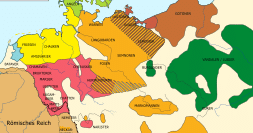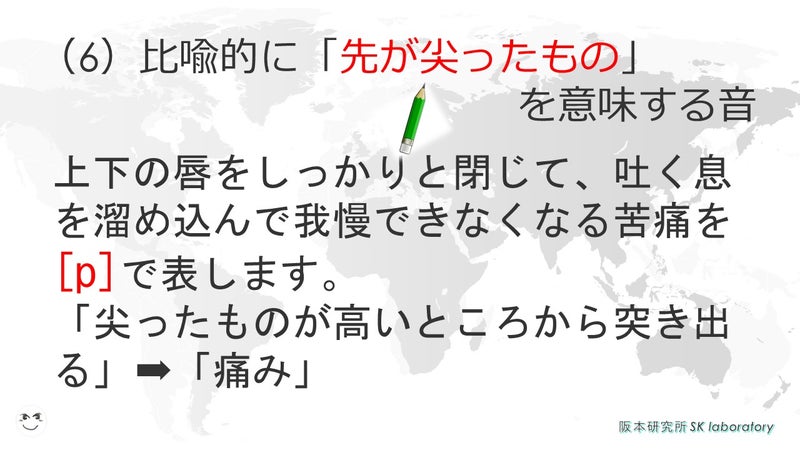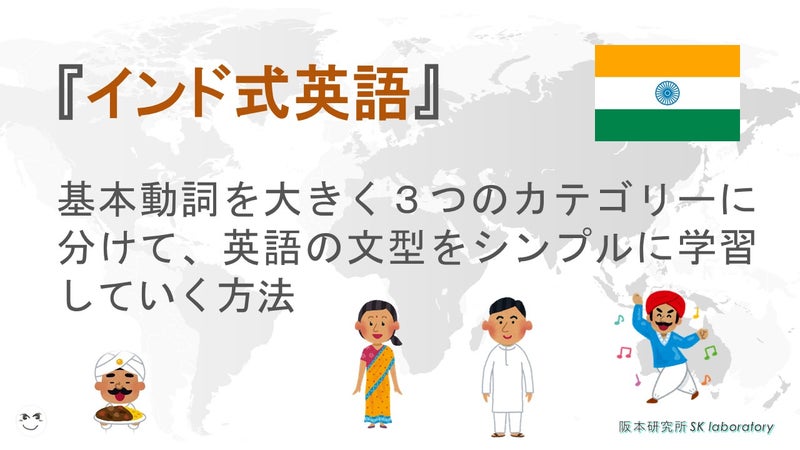【隠れキリシタン,KAKURE KIRISHITAN 】HIDDEN CHRISTIAN
この記事は、下記の『キリスト教と神道【CHIRISTIANITY AND SHINTO】』👇からのつづきです。
https://ameblo.jp/uplosder1000/entry-12615682880.html
英単語強化で英単語の音がもつ意味を説明するのに英語史と祖語を紹介しました👇
https://ameblo.jp/uplosder1000/entry-12607796919.html
英語史を語るとき「キリスト教」と「シェイクスピア」を抜きにして語ることはできません。
また、日本のキリスト教を語るとき「隠れキリシタン」の説明も必要になってきます。
■ Kakure Kirishitan (Japanese: 隠れキリシタン)
Kakure Kirishitan (Japanese: 隠れキリシタン) "hidden Christian" is a modern term for a member of the Japanese Catholic Church during the Edo period that went underground after the Shimabara Rebellion in the 1630s.
The Shimabara Rebellion (島原の乱 Shimabara no ran) was an uprising that occurred in the Shimabara Domain of the Tokugawa Shogunate in Japan from 17 December 1637 to 15 April 1638.




Kakure Kirishitans are called the "hidden" Christians because they continued to practice Christianity in secret.


They worshipped in secret rooms in private homes. As time went on, the figures of the saints and the Virgin Mary were transformed into figurines that looked like the traditional statues of the Buddha and bodhisattvas; depictions of Mary modeled on the Buddhist deity Kannon, goddess of mercy, became common, and were known as "Maria Kannon".




Maria Kannon
The prayers were adapted to sound like Buddhist chant, yet retained many untranslated words from Latin, Portuguese, and Spanish.The Bible and other parts of the liturgy were passed down orally, because printed works could be confiscated by authorities. Because of the official expulsion of the Catholic clergy in the 17th century, the Kakure Christian community relied on lay leaders to lead the services. In some cases, the communities drifted away from Christian teachings.They lost the meaning of the prayers and their religion became a version of the cult of ancestors, in which the ancestors happened to be their Christian martyrs.


Kakure Kirishitan was recognized by Bernard Petitjean, a Catholic priest, when Ōura Church was built in Nagasaki in 1865.
Bernard Thaddée Petitjean: (14 June 1829 – 7 October 1884) was a French Roman Catholic priest who served as a missionary to Japan as well as becoming the country's first vicar apostolic.

Bernard Thaddée Petitjean
Approximately 30,000 secret Christians, some of whom had adopted these new ways of practicing Christianity, came out of hiding when religious freedom was re-established in 1873 after the Meiji Restoration.
The Meiji Restoration (明治維新 Meiji Ishin), also known as the Meiji Renovation, Revolution, Reform, or Renewal, was an event that restored practical imperial rule to the Empire of Japan in 1868 under Emperor Meiji. Although there were ruling emperors before the Meiji Restoration, the events restored practical abilities and consolidated the political system under the emperor of Japan.

Emperor Meiji moving from Kyoto to Tokyo, end of 1868,
The Kakure Kirishitan became known as Mukashi Kirishitan (昔キリシタン), or "ancient" Christians, and emerged not only from traditional Christian areas in Kyushu, but also from other rural areas of Japan.The majority of Kakure Kirishitan rejoined the Catholic Church after renouncing unorthodox, syncretic practices.Some Kakure Kirishitan did not rejoin the Catholic Church, and became known as the Hanare Kirishitan (離れキリシタン, separated Christians).Hanare Kirishitan are now primarily found in Urakami and on the Gotō Islands.

Ibaraki Municipal Christian Relics Depository (茨木市立キリシタン遺物料館)





Early Christians in Mushima District
Hida-no-kami Takayama who was the father of Ukon Takayama ( a well-known Christian Load) was the load od Sawa Castle in The Province of Yamato (present-day Nara Prefecture). In 1563 Christ's teaching impressed Hida-no-kami Takayama, and Villa baptized him Christanity. In 1564, Ukon Takayama was baptized and named the "Justo"by Irmao Lourenco, who was invited to Sawa Castle by Hida-no-kami Takayama.Then,Ukon was 12 years old. In 1573,Justo Takayama became lord of Takatsuki,making the Mishima district, which embraces present-day Ibaraki City and neighboring Takatsuki City, one of the major centers of teh Christian faith in Japan. In 1587, Hideyoshi Tyotomi prohibited missionary work, and ordered missionaries the deportion from Japan within 20 days. In 1612 Ieyasu Tokugawa, who succeeded Toyotomi, issued an even more severe edict banning Christianity. The following year Takayama was banished to Manila with Christanians, while many local Christanians and their relatives were put to death or sent into exile. The policy of ruthless persucution forced many local Christanians to abandan their faith, at least on the surface, and pose as Buddhists.Not a few of them remained hidden in remote areas where they could live in relative safety. In Feburary 1919 Mr.Daich Fujinami, a noted researcher in the history of Christianity in Japan, came across a Christian tombstone on what is locally known as Mt.Terayama in Sendaiji in the north of Ibaraki. Subsequent discoveries of many Christian relics in Sendaiji and nearby Shimo Otowa provided evidence that the mountain hamlets had been retreats for early Christains who kept their faith alive.
Ukon Takayama (1552 – 3 or 5 February 1615) was a Japanese Roman Catholic kirishitan daimyō and samurai who lived during the Sengoku period that witnessed anti-religious sentiment. He abandoned his status to devote himself to his faith and was exiled to Manila where he lived a life of holiness until his death. Ukon had been baptized into the faith in 1564 when he was twelve though over time neglected his faith due to his actions as a samurai, but later rekindled his faith just after his coming-of-age ritual.



Cruz mountain






From the end of the Taisho period to the beginning of the Showa period, following the discovery of the Senkuji Temple Christian Remains, the "Sendaiji Tenshudo Trace was built here.


Near Ibaraki Municipal Christian Relics Depository, there are Temmangu and Ugadaizen shirine.
Tenmangu

https://kazu1000.muragon.com/entry/1420.htmll
Ugadaizen shirine

https://kazu1000.muragon.com/entry/1421.html
Nanjou shine (南条神社)
God of worship; ●Gou Tenno ●Susanoo-no-Mikoto
Gou Tennoo( 牛頭天王) defeats samurai spirits and plagues as a god general(神将, a general who protects Buddhist monks.) in Buddhism.
Susanoo-no-Mikoto(素戔嗚命) In Japanese mythology, Susanoo-no-Mikoto, the powerful storm god, is the brother of Amaterasu, the goddess of the Sun, and of Tsukuyomi, the god of the Moon.
All three were born from Izanagi, when he washed his face clean of the pollutants of Yomi, the underworld. Amaterasu was born when Izanagi washed out his left eye, Tsukuyomi was born from the washing of the right eye, and Susanoo from the washing of the nose. Susanoo used Totsuka-no-Tsurugi as his weapon.
Does the heart symbol around the torii gate mean the Christian heart symbol?


Summery Christianity was brought to Japan by Francisco Xavier in the mid 16th century and captured the hearts of many Japanese people.

Francisco Xavier
For a while, prominent lords such as Oda Nobunaga and Toyotomi Hideyoshi accepted Christianity, and many Christian daimyo (feudal lords) appeared around the country. Later, when the persecution of Christians began, the dark ages arrived for Christians in Japan. However, there were people who secretly protected their faith for several hundred years.
Christian daimyo ; Otomo Yoshishige
The existence of these people who were called “Kakure Kirishitan (Hidden Christians)” and presently referred to as “Senpuku Kirishitan (Underground Christians)” was recognized as a part of the history of Christianity.
However, we cannot discuss the history of Japan without mentioning the existence of these people. This is because the religious lives of the Hidden Christians touched the very essence of the spirituality of the Japanese people.
The evidence can be found, for example, in literary works such as the novel Silence『静寂』 by Shusaku Endo 遠藤周作.



Christianity in Japan went through a disturbing history that moved from prosperity to oppression, concealment and revival. Until now, people who kept their faith during the ban on Christianity were all called “Kakure Kirishitan.” However, they kept their faith alive in various ways. Furthermore, the religious lives of the Christians after the ban was lifted in the Meiji Period took various unique forms in different communities. As a result of recent research, separate names are now being used, including “senpuku (underground),” “kakure (hidden)” and “hanare (isolated).”
■ 隠れキリシタン? 大阪府大東市の【南條神社】(なんじょうじんじゃ)
https://ameblo.jp/kazuyoshi1000/entry-12610085276.html
■ Chris 栗栖(くるす)という名前について
https://ameblo.jp/kazuyoshi1000/entry-12603152487.html
■ The Shintō pantheon of kami 神 (spirits) / 神道とは?
https://ameblo.jp/kazuyoshi1000/entry-12594272954.html




















































































































































































































































































































































































































































































